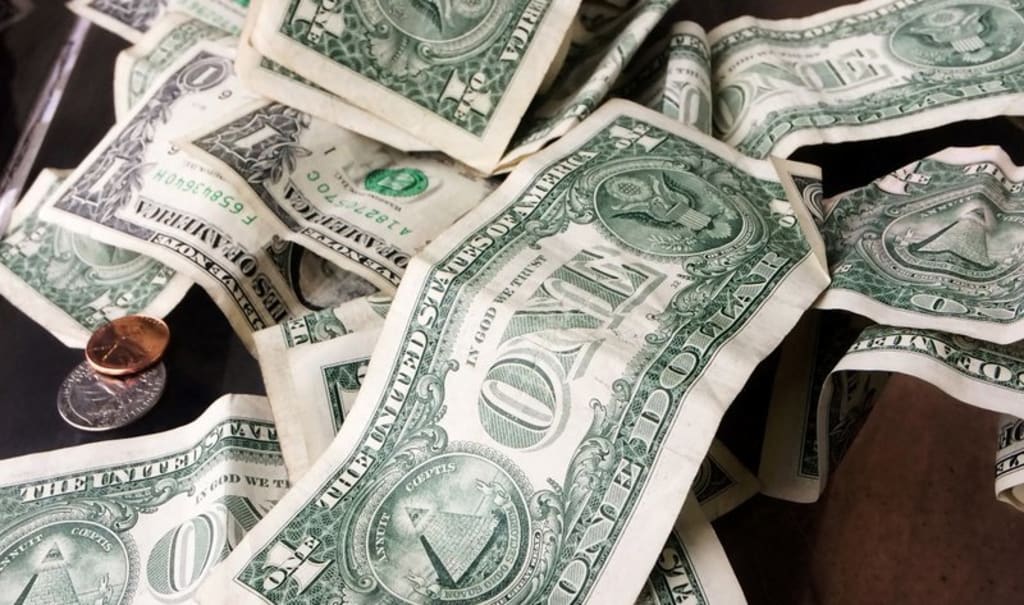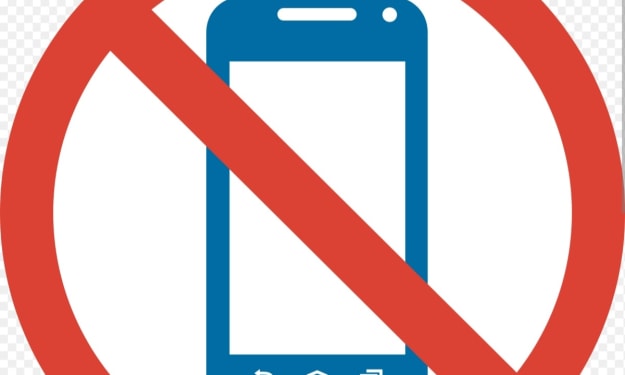How to Budget and Save Money
Tips to Saving on Everything from Groceries to Household Needs

When it comes to saving and budgeting money, it can be difficult, especially when you don't even know where to begin. Weather it be budgeting to save up for that house you want or just to have emergency funds, it can be difficult to start. But it is not impossible. There are three simple steps to follow before you begin to budget.
Step 1: Set a goal.
When setting a goal, start by determining what you are going to save for. This could be anything from buying a new car or house to making an emergency fund or getting out of debt. Once you determine how much and what you are saving for, then it is time for step two.
Step 2: Keeping Track and Elimination
After you have set your goal, now it is time to track your spending from everything to that soda you drank to what you spend on gas. Track absolutely everything for at least one month so you get an idea of what you spend every month. This can be done by either keeping receipts to tracking your bank statement or even simply writing down what you buy and spend money on. Whether it is cash, check, card, or Automatic Payment, keep track of what you spend.
Fast forward to when you finish your tracking, the next part is elimination, which simply means going through your funds and putting them into three sections: Utilities and Bills, Food and Needs, and Wants. This means going through your spending and putting things into three piles. After you finish with the three piles, take and separate each one into two additional piles, which consist of what you'll keep and what you'll eliminate.
Elimination of Bills
Eliminating bills doesn't mean that you cut your power or water off. It clearly means that, instead of spending $50 on Cable, instead switch to using Hulu or Netflix. Also, instead of paying a high phone bill, switch to a prepaid company and save that way.
Saving on Food and Needs
When it comes to saving on food and needs such as hygiene products, there are a couple things to help you save. First, look through what you bought the month before and eliminate any junk food, which includes candy, soda, and anything that you absolutely can live without. Also, look through your hygiene products and eliminate anything you absolutely don't need right away, such as body lotion, body spray, and things that don't last long.
After you have them separated, make a list of everything you need to buy when you go to the store. Then, go either online or to the store and get sales papers for all the stores in your area. Next, look on the list you have and separate the groceries in the category of which store you are gonna get them at depending on which is cheaper.
Finally, the last step in saving for groceries is to look for coupons. Some online store such as Kroger have online coupons you can load directly to your card before shopping. They will come off as you buy groceries, and even some of them you can use up to four times in one transaction.
Elimination of Wants
The definition of a want is something that you desire but do not actually need. When it comes to eliminating these things, it is not always fun, especially when it comes to giving up something like a video game or a Friday night pizza with friends. Yes, all those things might be fun and exciting; but honestly, you will probably end up spending way too much money. So, instead of going out to a pizza place where you will spend $20 on a pizza, go somewhere and get a five dollar pizza instead. You do not have to give up these things entirely, but there are ways to help save.
Step 3: What to Do After Elimination
The last step in the process is simple. It is almost the same as the keeping track step. Yes, you will need to continue to keep track of what you spend, but keeping track is not everything there is to know. The third step is continuing to keep track and deciding how much money to put back every pay check.
On an average, the common saver puts back at least 10 percent of their total monthly check amount a month. So, say you make $2,500 a month, that means you should be saving $250 a month if you save ten percent.
About the Creator
Enjoyed the story? Support the Creator.
Subscribe for free to receive all their stories in your feed. You could also pledge your support or give them a one-off tip, letting them know you appreciate their work.






Comments
There are no comments for this story
Be the first to respond and start the conversation.